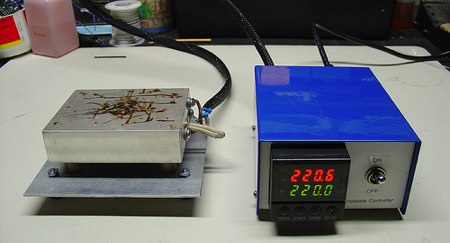
Now that the iphone-dev team has unlocked the iPhone 3G they’re moving onto jailbreaking the iPod Touch 2G. While they have a fully working jailbreak, it’s not yet in a user friendly format. [MuscleNerd] did a live video demo this afternoon to show what progress they had made. It starts with him showing the iPod on but not booting. He’s already patched the kernel, but it’s failing the signature check in iboot. He then uses the team’s recoverytool to exploit a hole in iboot and patch out the signature check. The ipod then boots normally and he shows non-App Store software like Mobile Terminal, Cydia, and an NES Emulator (which makes use of the iPod’s internal speaker).
The redsn0w jailbreak works, but it has to be applied via tether every time the iPod boots. The team won’t release anything until they’ve found a way around this problem. For more insight into the boot process, check out our coverage of their Hacking the iPhone talk at 25C3.















